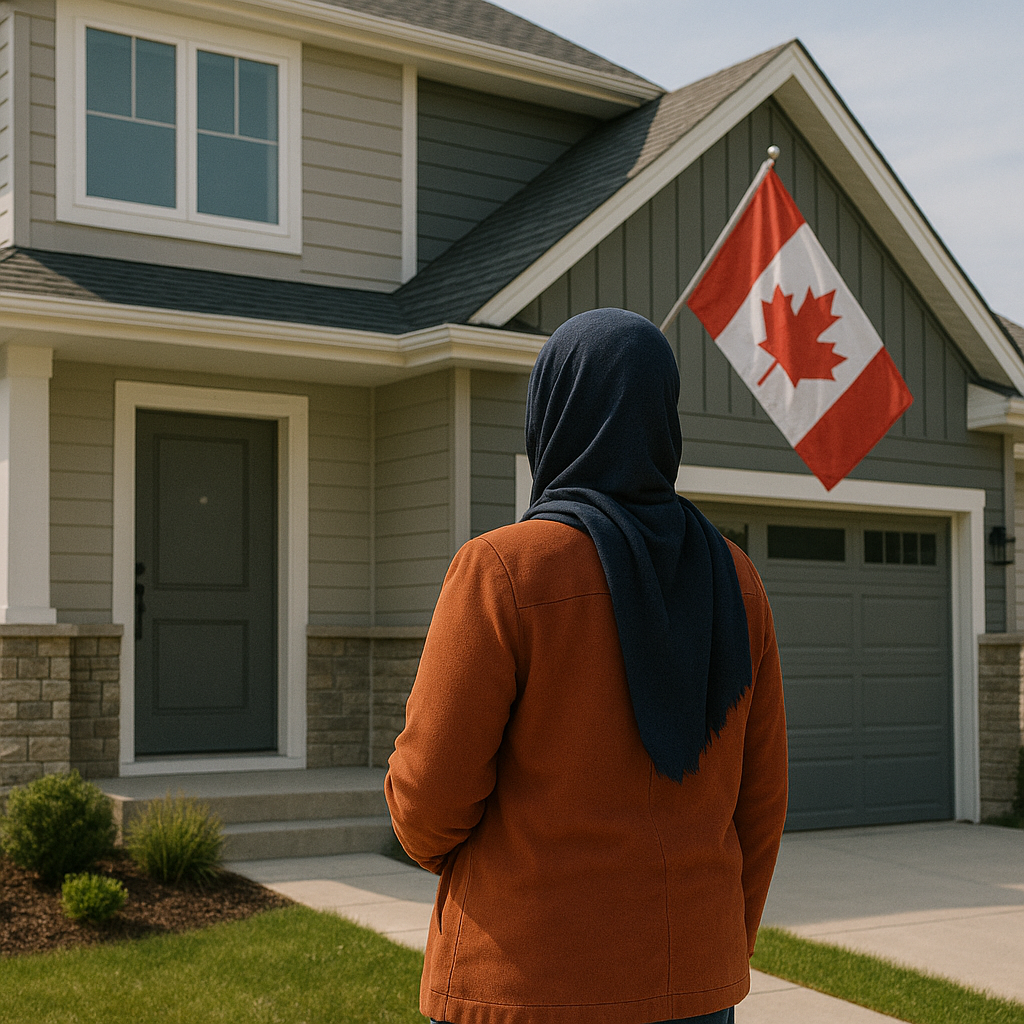
Can Refugees or Protected Persons Buy a Home in Canada?
Explore mortgage options and eligibility for refugees and protected persons in Canada, including down payment requirements, documentation, and tips for successful homeownership.
Canada is known for its welcoming immigration policies, including offering refuge to those fleeing persecution or danger. Refugees and protected persons often face unique challenges when trying to buy a home due to their immigration status and limited financial history in Canada. This article explores mortgage eligibility, challenges, and available options for refugees and protected persons looking to purchase property.
Mortgage Eligibility for Refugees and Protected Persons
Lenders typically view refugees and protected persons as higher-risk borrowers because of:
- Uncertain immigration status (though protected by Canadian law)
- Limited or no Canadian credit history
- Potential gaps in employment or income documentation
However, some Canadian financial institutions and credit unions offer mortgage products tailored to support refugees and protected persons.
Down Payment Requirements
Most lenders require a larger down payment for this group, often 20% or more, to mitigate risk. This is higher than the typical 5% minimum for Canadian citizens and permanent residents.
Documentation Needed
Refugees and protected persons must provide:
- Proof of status, such as a Confirmation of Permanent Residence (COPR) or protected person document
- Employment or income verification (if applicable)
- Bank statements and financial documentation
- Any credit history available, including from their home country if accepted
Mortgage Options and Alternatives
- Conventional Mortgages: Limited availability; some lenders require strong documentation and higher down payments.
- Credit Unions: Often more flexible and community-focused; some offer newcomer-friendly products.
- Private Lenders: For those who cannot access traditional financing, private lenders provide alternatives but at higher interest rates.
- Government Assistance Programs: Some provincial programs offer down payment assistance or other support to refugees.
Tips for Refugees and Protected Persons
- Build Canadian Credit: Start with secured credit cards or small loans to build credit history.
- Work with a Mortgage Broker: Experienced brokers can identify lenders who offer flexible terms.
- Save for Larger Down Payments: The more you can put down upfront, the better your chances of approval.
- Seek Financial Counseling: Nonprofits and community organizations can offer valuable advice and support.
Challenges to Anticipate
- Longer approval times due to additional verification
- Limited lender options and potentially higher interest rates
- Need for a co-signer or guarantor in some cases
Conclusion
While refugees and protected persons face hurdles in accessing traditional mortgage financing, options do exist. With preparation, documentation, and professional guidance, homeownership can be an attainable goal. It’s essential to explore all available resources and seek expert help to navigate the mortgage process successfully.
Stuck with a Mortgage Decision?
Don’t stress — our team is here to help. Reach out for free, no-obligation guidance.
Contact the Experts



